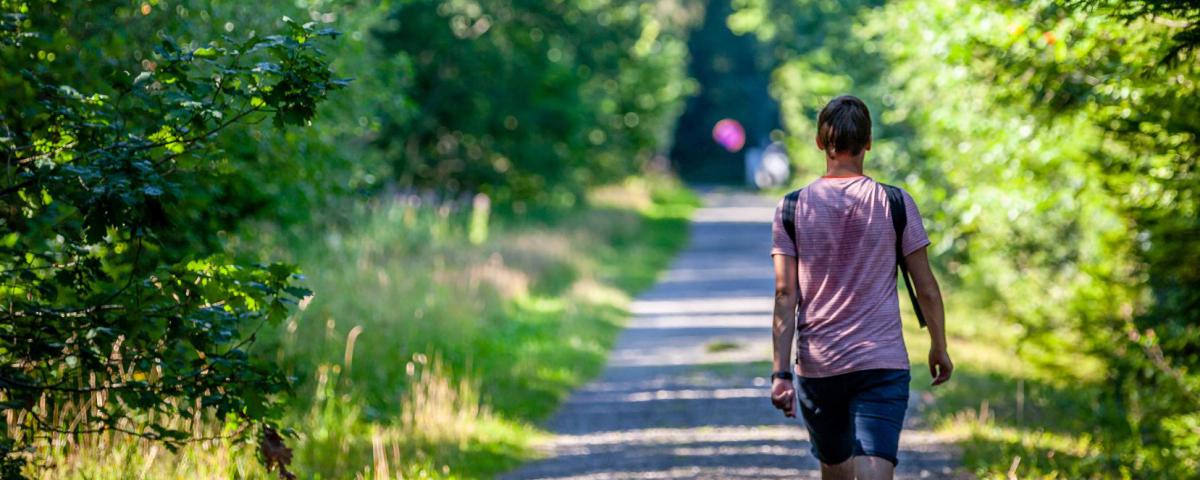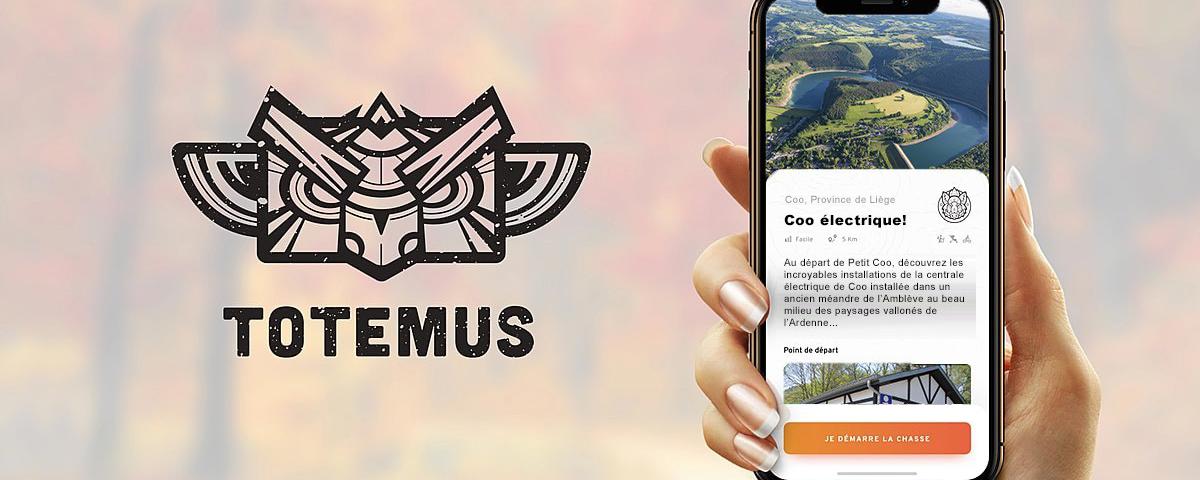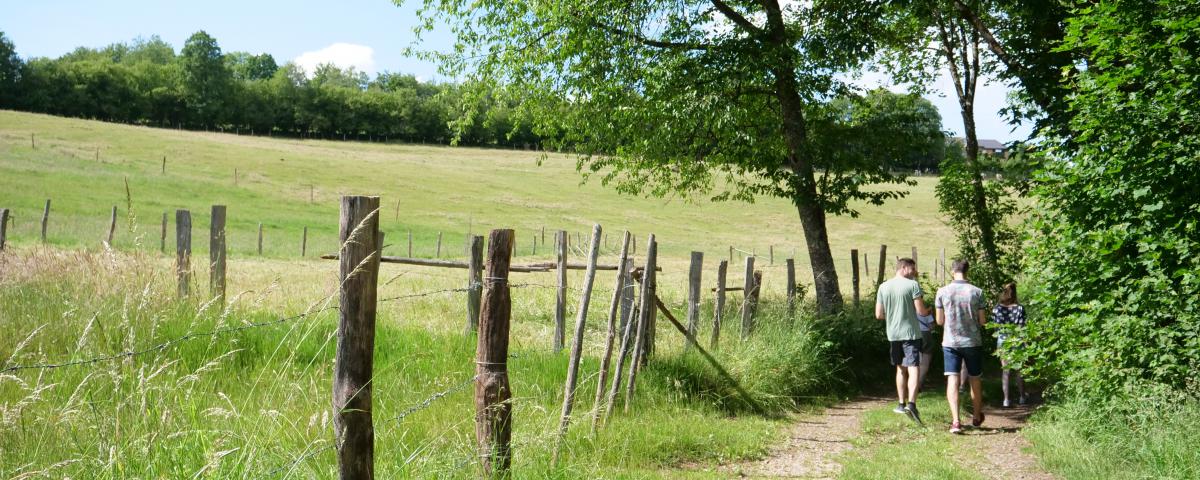Laetare and the Blancs Moussis
An exceptional carnival!
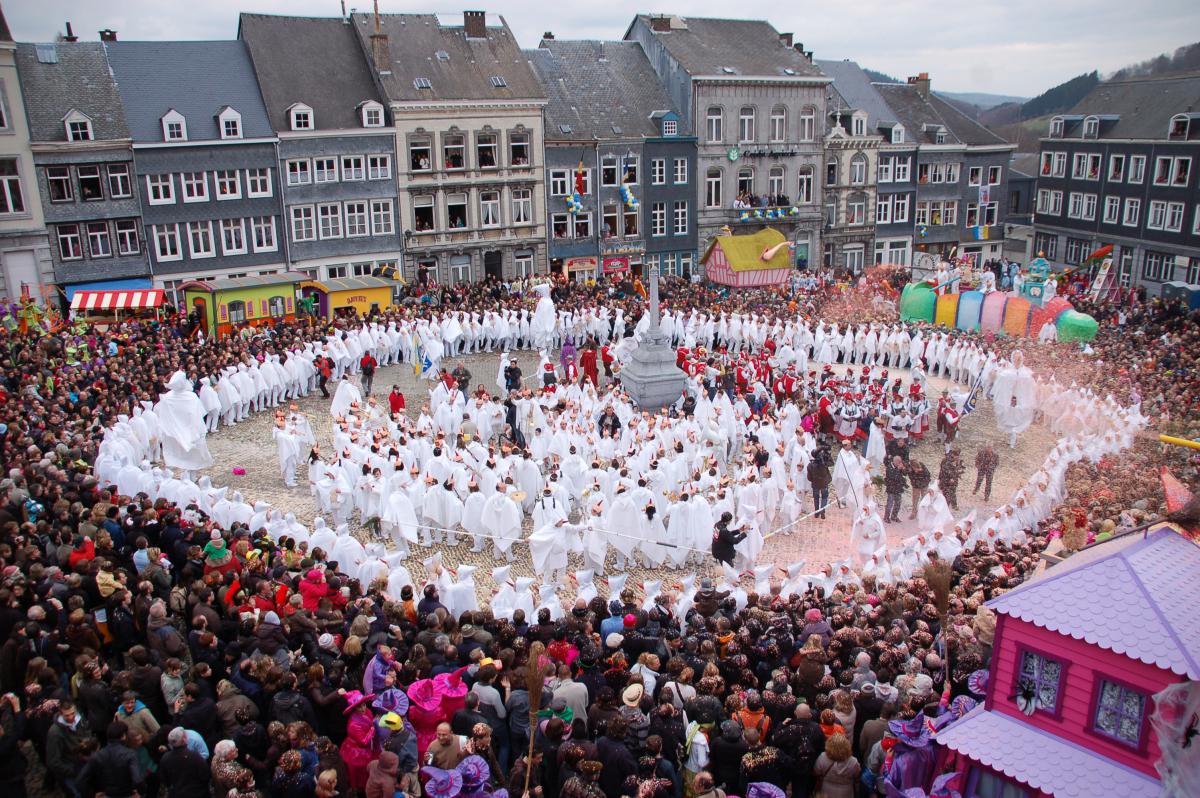
Every year, on the third Sunday before Easter, Stavelot welcomes tens of thousands of visitors for its carnival parade of Laetare. Some fifteen local folk and fanfare groups are adorned with their finest costumes - each year refreshed with a different theme!
Two groups, however, always keep the same costume. The Réveil Ardennais which gives pride of place to the Ardennes costume and the ancient dances such as the maclotte sung by Apollinaire, the polka ... And the second, the Brotherhood of the Blancs Moussis.
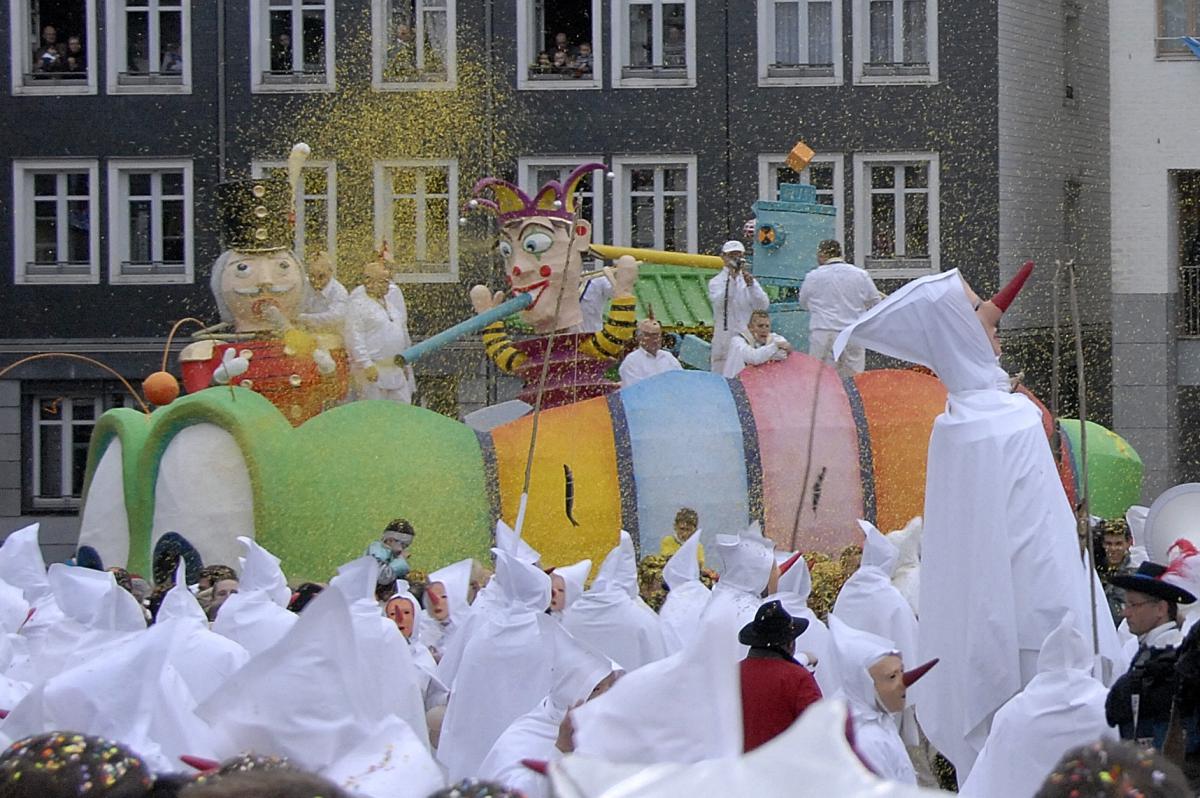
The history of the Laetare of Stavelot and that of Blanc Moussi are closely linked ...
According to legend, the origin of the Blanc Moussi would be an edict of the prince-abbot Guillaume de Manderscheidt who, in 1499, forbade his monks to participate in the carnival. The Stavelotains, already rebellious at the time, made a mockery of the ban by participating in carnival festivities dressed as white monks ...
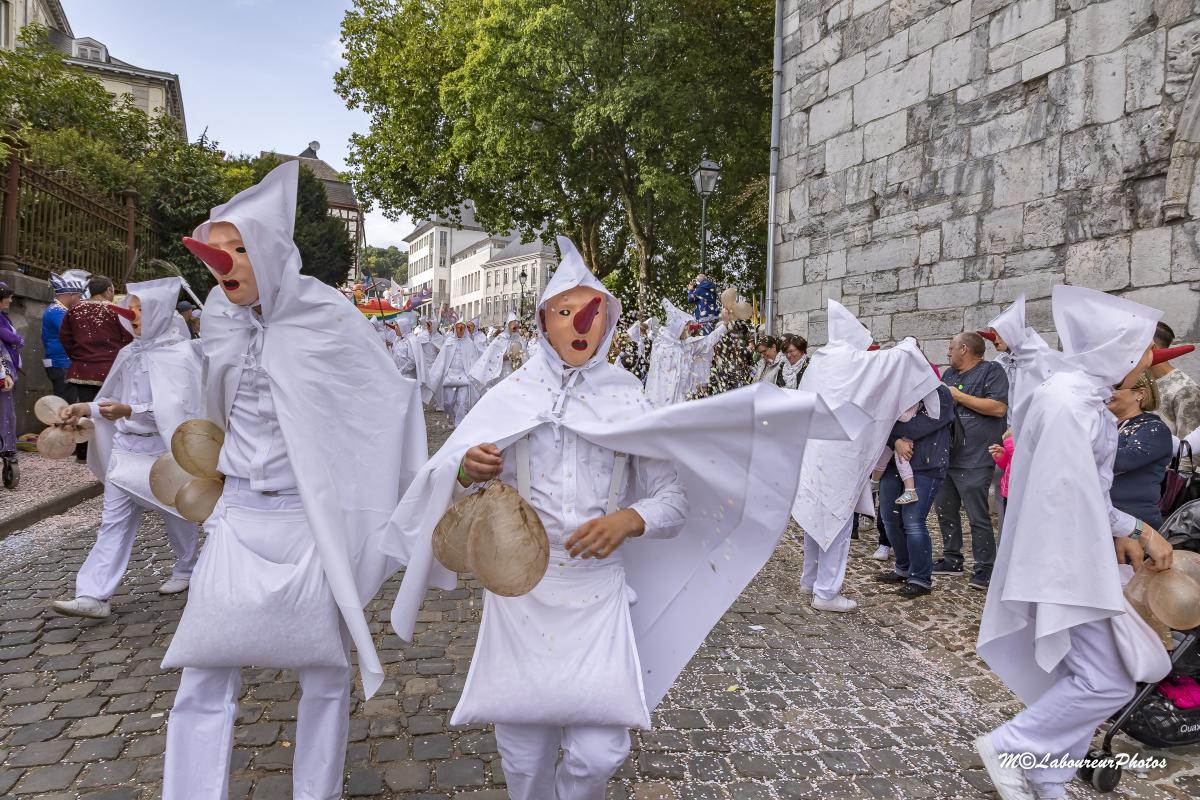
This is the reason for the costume of the Blanc Moussi, meaning "dressed in white".
The first appearance dates back to 1502 and, since 1820, almost continuously, Stavelot celebrates its carnival on the Sunday of Laetare with, as the stars, the Blancs Moussis.
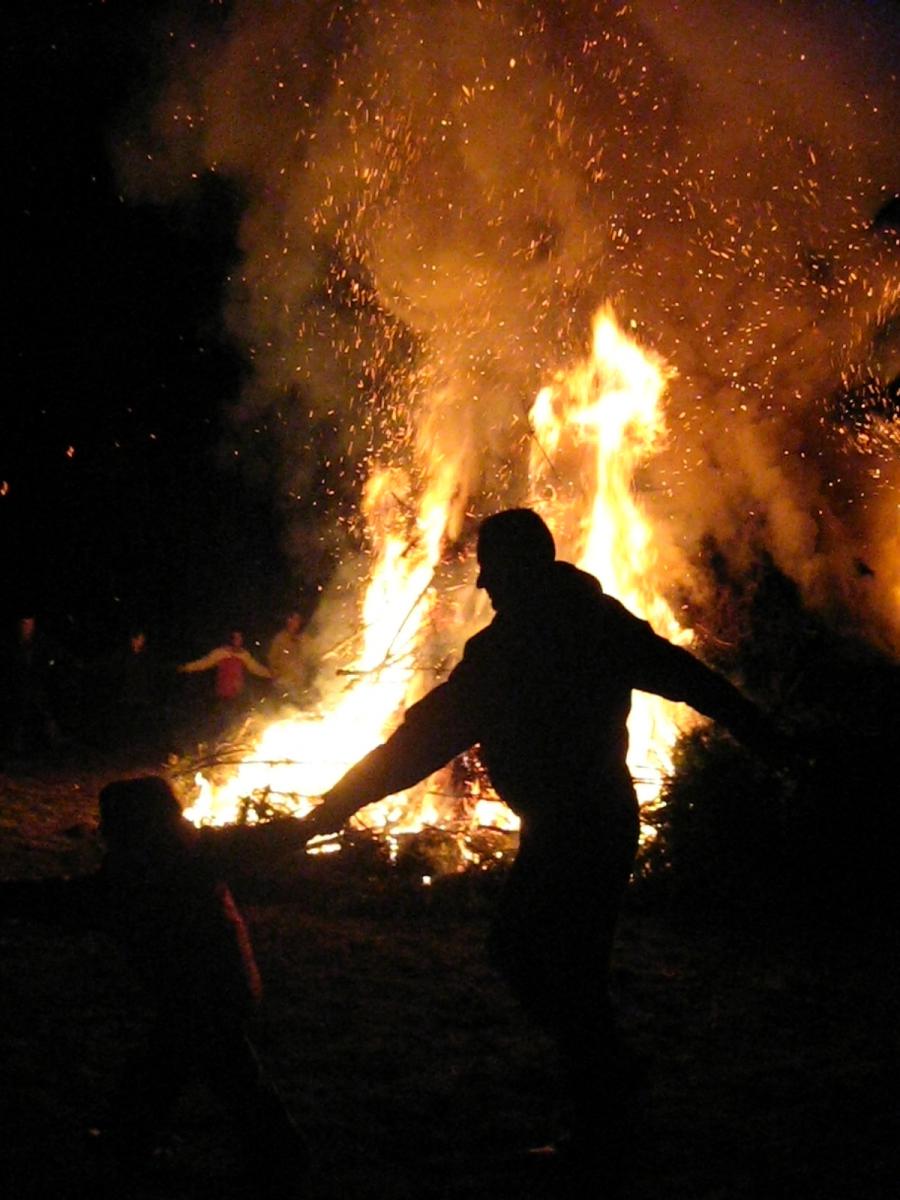
Other carnival rituals, as everywhere in Europe, celebrate the end of winter.
They cover a period of about two months culminating in Shrove Tuesday, the great village fires and the crazy days of Laetare. Masquerades, intrigues, costumed processions, farandoles, fanfares, masked balls enliven towns and villages.
The carnival of Ster-Francorchamps and several big bonfires are famous in the Pays de Stavelot ...






